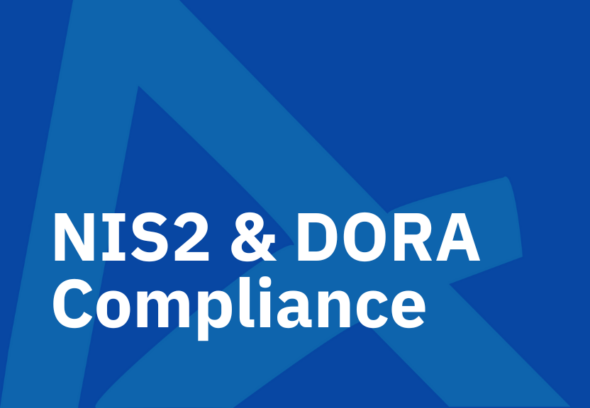User management is a critical process that has a central role in any organization’s security and compliance processes. When there are a lot of organizations and they are growing and evolving, it is completely normal that the management of users, their rights, and even their life cycle become a complex process. This is even more so given the new and stricter regulation in the pipeline like the Network and Information Systems Directive 2 (NIS2) and the Digital Operational Resilience Act (DORA).
Hence, for your organization to be more compliant and secure, the management procedures that are related to users have to be automated. Such processes can take a lot of time and effort when performed manually; therefore, automating such processes can be beneficial in terms of time and cost savings as well as in terms of the quality of the data gathered and the security applied.
NIS2 and DORA Compliance
NIS2 and DORA regulations are intended to improve the protection of the identified facilities and financial services companies that are considered critical. These regulations mandate specific requirements for user management, including:
- Access Control: Implementing hard control measures that will only permit a certain category of people to access certain systems and information.
- User Lifecycle Management: The ability to manage all the processes connected with the user, starting with his registration and the change of the role of the particular user, ending with the termination of his work and the subsequent offboarding process.
- Audit and Reporting: Maintaining records of the users’ activities and the records of change in access to ensure that the compliance requirements are met.
Failure to observe these regulations results in penalties and loss of reputation for the firm. Below are some of the compliance requirements that can be achieved through automating your user management processes.
Ways to Automate User Management for NIS2 and DORA Compliance
To streamline your user management processes and ensure compliance with NIS2 and DORA, consider implementing an automated solution that can handle the following key functionalities:
- User Onboarding and Offboarding: One can embed the creation of the user accounts and also adapt and remove them while granting the appropriate rights and denying the rights where necessary.
- Role-based Access Control: This means that the permissions of the users can be granted and withdrawn automatically depending on the position of the user.
- Password Management: Implement password control features like password quality and length, password age, and password change.
- Multi-factor Authentication: This means that the administrator should apply MFA to improve the security of the user access in the application.
- Audit and Reporting: Automate the generation of detailed documentation on users’ activities, modifications to access levels, and other compliance-related data partially.
- When these important user management processes are automated, it will be possible to have efficient operations, fewer mistakes, and documented adherence to NIS2 and DORA regulations.
Choosing the right User Management Automation Solution
When selecting a user management automation solution, consider the following key factors:
- Scalability: Ensure that the solution can accommodate the current and future users and the whole organization as is and in the future.
- Integrations: Make sure that the solution you select is compatible with your existing IT environment; this includes the human resource information systems, identity management systems, and other business applications.
- Compliance Features: Assure that the solution has the functionalities and functions that are required, and these are critical for NIS2 and DORA compliance: audit trails, RBAC, and reporting.
- Ease of Use: Choose a solution that has a nice and rather simple interface and good structure, so you will not face difficulties in setting it up and further managing and updating it.
- Security: Ensure that the solution employs features like encryption, users’ access, and secure communication to protect your precious user data.
In simple terms, with the help of a proper analysis and the subsequent selection of an adequate user management automation solution, one can facilitate compliance processes as well as enhance security measures and free the IT staff for more important tasks.
Benefits of Automating User Management Processes
Automating your user management processes can provide a range of benefits, including:
- Improved Efficiency: Integrate a more efficient and quick method in the handling of user accounts particularly with the addition of new users, transfer of users, and deletion of users.
- Enhanced Security: Prevent access to the data, for instance by use of passwords and restricted access by use of passwords to minimize the chances of a breach.
- Increased Compliance: Create audit trails and compliance reports to support the NIS2 and DORA regulations’ compliance automatically, and then prove it.
- Reduced Risk of Human Error: Minimise the chances of making manual mistakes in the handling of the users to improve on the quality of data being used.
- Cost Savings: Reduce the amount of work that is done by your and your IT team for user administration so they can focus on other more crucial tasks.
Thus, applying the opportunities of automating user management, your organization will be defended from new threats and meet the requirements of the modern legislation in the sphere of compliance and performance.
Conclusion
In the current environment characterized by high levels of regulatory compliance, user management remains an essential aspect of any organization’s security and compliance strategy. With the help of automation, you can optimise your user management procedures, improve security, and prove your company’s compliance with the legislation such as NIS2 and DORA.
Try our user management automation solution free of charge now and discover how it can enhance your organisation’s compliance and security.




